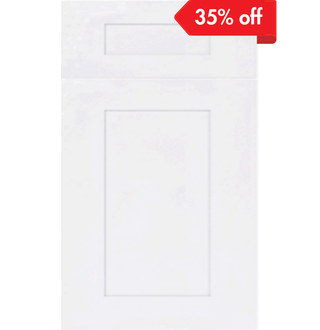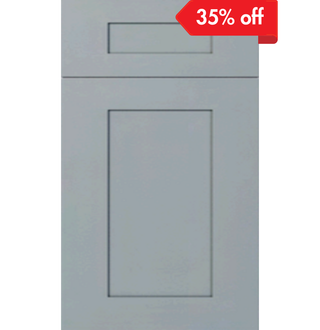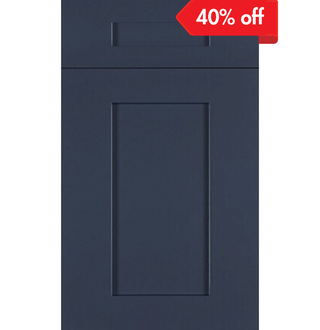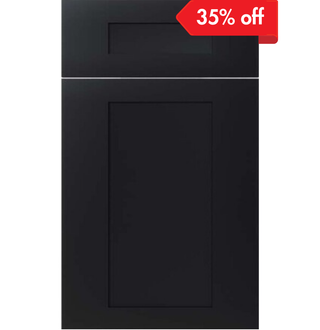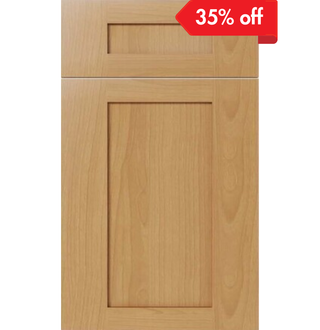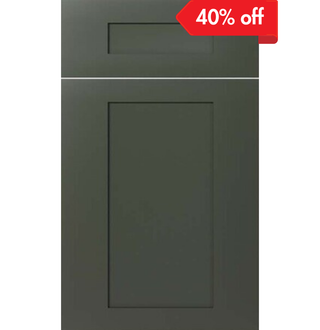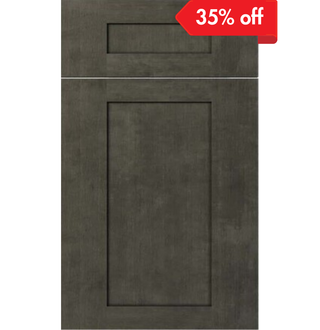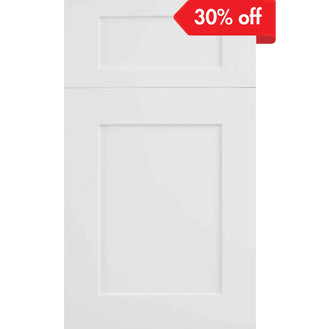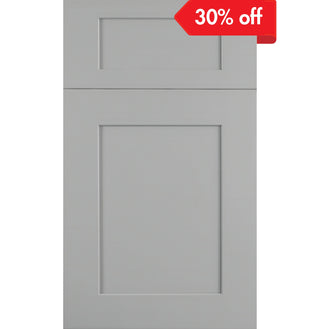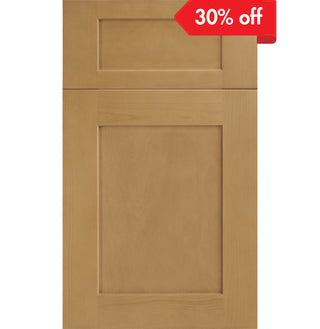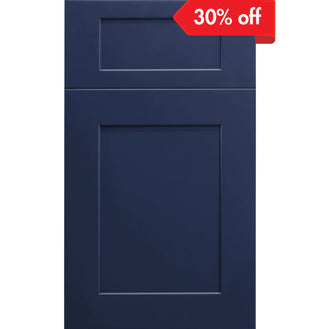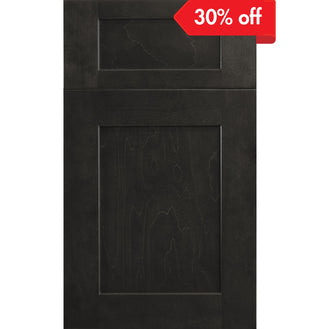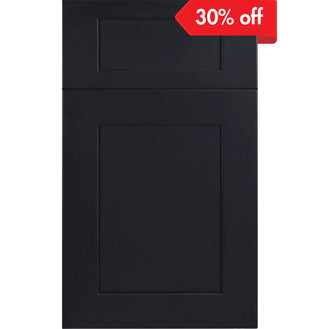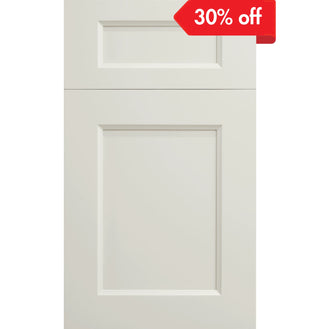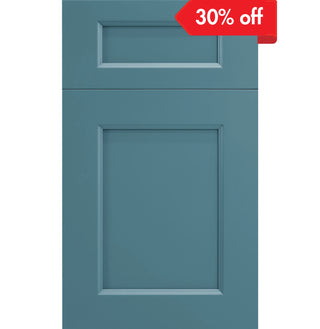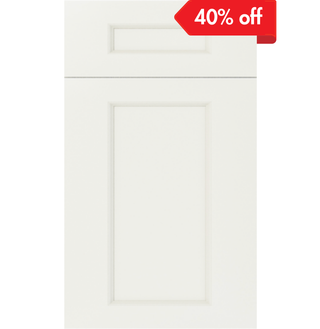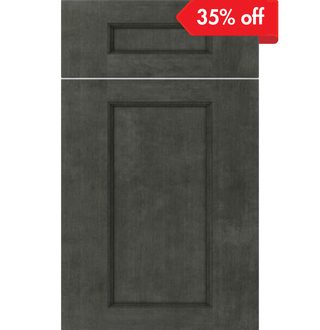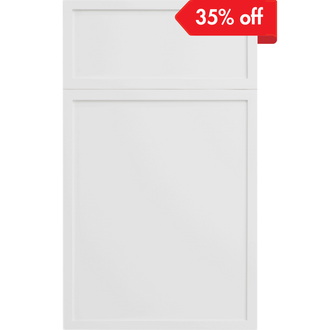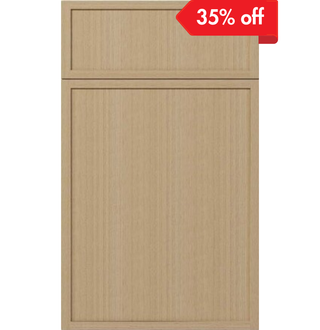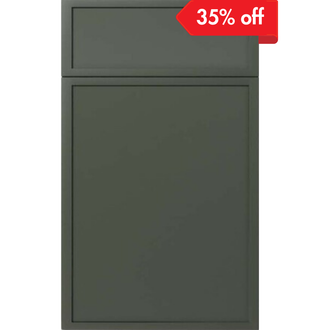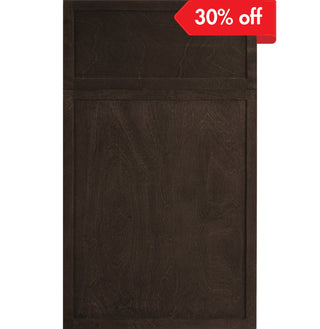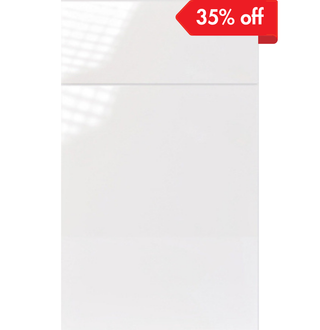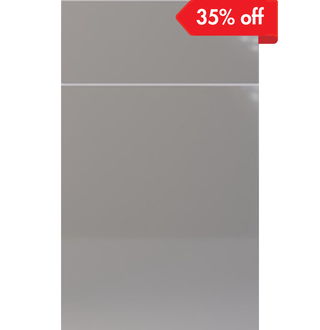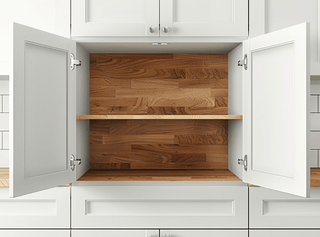Replacing or re-facing your kitchen cabinets can boil down to hours and hours of thoughts of color, design, material, and door style. Hinges maybe are not on the first list—but they have to be included. Although hinges themselves will not add to your cabinet's style, they will make an incredible difference in the functionality of how your cabinets function when opening and closing.
Two of the most prevalent types of hinges found on store shelves today are self-close and soft-close hinges. They might appear similar upon a glance. Both do, of course, facilitate closing cabinet doors more easily than old-fashioned-style hinges. But in how they do it—and the sensation they leave behind—you can start to see the difference in performance can begin to assert itself in your home.
Today, we're going to take apart all that you ever wanted to know about soft-close and self-close hinges: how they work, how they compare, and why they're essential to choosing the ideal hinge for your life and cabinetry.
Why Hinges Matter More Than You Think
Face it—these homeowners do not even give hinges a second thought until something is amiss. Maybe your cabinet doors start slamming shut. Maybe they never really close, always slightly ajar. These little things can turn into ginormous aggravations if not nipped in the bud.
That's where hinge type enters. A good hinge system improves everyday use, as well as the durability of your cabinets and resale value of your investment years down the road. Don't settle for the lowest price or most popular replacement without investing a few minutes in reading about what these types of hinges actually offer.
What Are Self-Close Hinges?
Self-close hinges incorporate a built-in spring mechanism that closes the cabinet door slowly whenever it is pushed in the direction of closing—usually the last 2 inches of swing. Self-close hinges excel at holding cabinet doors shut without needing to push them aggressively.
Day-to-Day Advantages of Self-Close Hinges
-
Ideal for Busy Families: Since you and the children always close the cabinets halfway, this hinge is a silent aide. It "does it for you," keeping the kitchen neat.
-
Convenient When Your Hands Are Full: Cereal or pots to handle, self-close hinges don't require much effort to shut, thus giving your kitchen action that extra convenience.
-
Improves Safety: Keeps cabinets securely closed, which is especially helpful in homes with small children or curious pets.
However, it’s important to note that while self-close hinges pull the door shut, they don’t necessarily slow it down. That means you’ll still hear a “thump” as the door connects with the cabinet frame—though softer than a full slam, it’s still audible and can contribute to wear over time.
What Are Soft-Close Hinges?
Soft-close hinges do one better. Soft-close hinges incorporate a hydraulic mechanism that "catches" the slam, dampens it, and quiets it gently into closing position. What do you get? A shatter-silence close in whisper-hush softness.
Major Advantages of Soft-Close Hinges:
-
Avoids Slamming: You push with all your strength, the door still closes quietly.
-
Shields Cabinet Frame: Eliminates door, frame, and hinge hardware stress, which prevents warping, splitting, or misalignment after a while.
-
Offers Luxury Experience: Quiet, smooth, silky movement offers a luxury experience to all kitchens.
-
Suppresses Clatter: Perfect for open-plan homes or midnight munchies—no more kitchen clatter.
Soft-close hinges are universally sought after in new kitchens where silent, sophisticated ambiance is a primary design concern.
Soft-Close vs. Self-Close Hinges: Head-to-Head Comparison
In attempting to help you make the right decision for your kitchen, we'll compare the most important differences:
1. Installation
Soft-close and self-close hinges are quite easy to install, especially if your cabinet doors have pre-drilled holes. Basic tools like a drill and screwdriver should suffice. Most types of hinges for self-install smart upgrades feature something like clip-on or inserta systems, which are easy to use to replace outdated hardware.
Tip: If you're not sure how to install, most companies (our brand HomeCabinets included) provide instructional videos that will walk you through each step.
2. Cost
Soft-close hinges are an upgrade product and generally more expensive than self-close hinges. But the added expense upfront is repaid by the cabinet damage prevented and product lifespan.
If you're adding multiple doors, the cost difference stacks up. But think of it as an investment in performance and hassle-free peace of mind.
3. Functionality
Self-close hinges prioritize convenience: they close the door for you. Soft-close hinges prioritize smoothness: they assist the door to come to a quiet rest.
It's really "better" all depends on your family:
-
Small children or pets? Self-close may keep cabinets closed more reliably.
-
Noise-prone area? Soft-close to the rescue.
Some hinges do give you a little of both, like Blum's, so you get the best of both worlds.
4. Safety and Longevity
Bang-shut doors sag, buckle, or become misaligned with time. Soft-close hinges avoid this by reducing the speed of closure. That is a big plus in heavy-usage areas like kitchens and bathrooms.
Self-closing hinges have a protective advantage, though, in that they keep doors from hanging open or swinging loose—yet another position subject to misalignment if not addressed.
Why You Should Always Replace Hinges When Refurbishing Doors
While you replace your drawer fronts or your cabinet doors, do not forget the hardware itself. It is not going to be worth putting old hinges on new doors because that is creating all sorts of problems: doors won't close well, they'll sag, or the closing part will jam after some time.
That's why it is worth replacing your hinges and your doors too:
-
Longer longevity: New hinges stop new doors from wearing out prematurely.
-
Smaller alignment: Provides silky smooth, professional alignment.
-
Smarter functionality: Enjoy new features and smoother operation.
-
Convenience and safety: More reliable newer hinges avoid pinch fingers or open doors.
Which Hinge Is Right for You?
Still undecided? Let's examine some typical homeowner situations:
-
You despise noise, adore quiet and tranquility: Soft-close is for you.
-
You prefer doors closing no matter what: Self-close is your best option.
-
You're updating your entire kitchen: Aside from all the rest, splurge on soft-close for that luxury, high-gloss look.
Remember—both hinge choices are worth it. It's a matter of how you live and what matters most to your day-to-day.
Raise Your Cabinet Experience with the Right Hinges
Choosing the right hinge may seem like a small detail, but it has a big impact on the usability and longevity of your cabinets. Whether you’re remodeling your kitchen or just replacing old doors, don’t overlook this key component.
We at HomeCabinets stock a great selection of superb hinges. Our best rta cabinets are built to allow homeowners the luxury of having the ability to create a space that not only looks great and functions properly but will last.
Struggling to find the right hinge for your cabinet doors? We're here to help. From free consultations to expert products, we'd be happy to assist you in designing a better kitchen—one quiet, secure, gorgeous door at a time.


